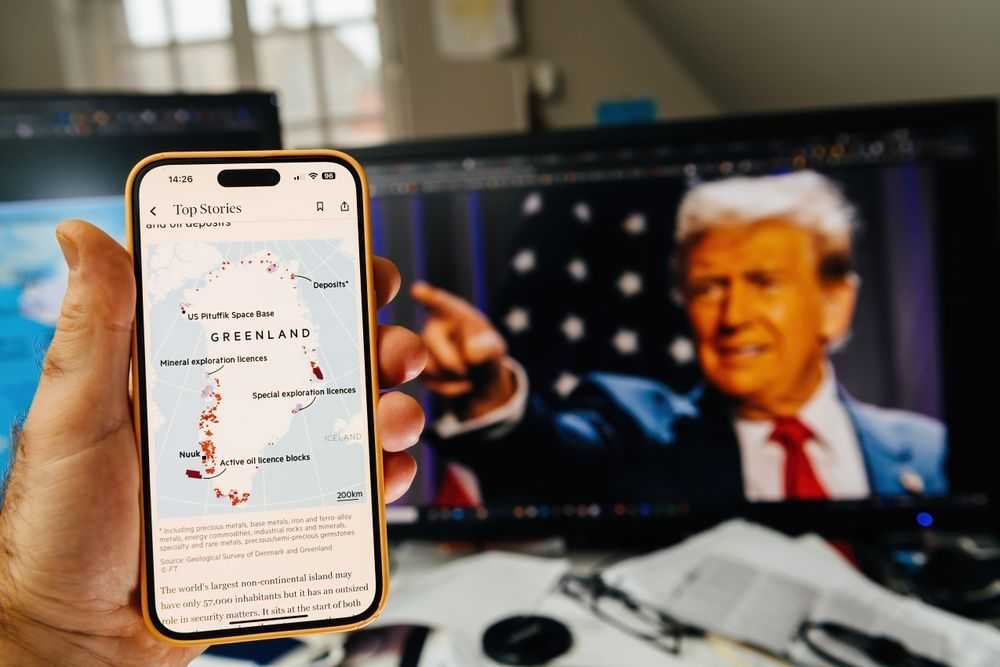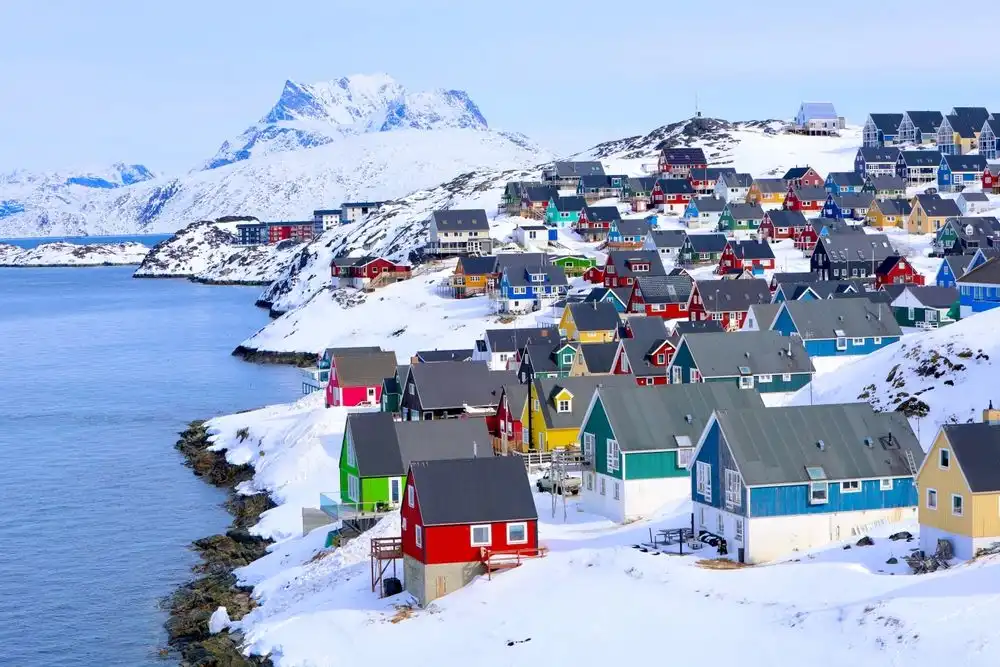Home>Greenland, Denmark and the US: the meaning of the colonial past to the ongoing dynamics

14.02.2025
Greenland, Denmark and the US: the meaning of the colonial past to the ongoing dynamics
Interview with Astrid Nonbo Andersen Senior Researcher at the Danish Institute for International and visiting Sciences Po/CSO in January.
During his visiting to the CSO, Astrid Nonbo Andersen gave a lecture about the meaning of the colonial past to the ongoing dynamics between Greenland, Denmark – and the US. Some explanations.
The modern Danish colonialism in Greenland began in 1721. Can you remind us of the major stages?
Yes, so modern Danish colonization of Greenland began in 1721, with the advent of the missionary Hans Egede. (Previously Denmark-Norway had claimed sovereignty over Greenland, but not actively been present since the 15th century). In legal terms Greenland was a Danish colony until the integration into Denmark in 1953. The integration resulted in several danification/assimilation policies that to many degrees were at least as harmful as those conducted in the preceding period. They have come under increasing scrutiny and critique recently and have made many ask if colonialism really ended in 1953 or just continued under more intense forms by another name. Experiences and memories of this period in particular weighs in heavily on the relations between Greenland and Denmark. An official apology for one of the policies has been given recently, some historical inquiries have and will look into aspects of this past, and an internal Greenlandic reconciliation process took place in 2014-17. But there has not been an actual truth and reconciliation process between Greenland and Denmark as we see in the other Scandinavian countries these years.
The danification policies and the fact that Greenlanders only had limited political influence after 1953 were also resisted at that time. The political mobilization in Greenland in the 1960s-70s resulted in Home Rule in 1979. In 2009 an overwhelming majority of Greenlanders voted in favor of the Act of Greenland Self-government. With this act Greenlanders were recognized as a People pursuant to international law with the right to sovereignty. The Act also stipulates how to take the next step to form a sovereign state. These include a referendum in Greenland, negotiations between Greenland and Denmark on the exact terms and an acceptance of this agreement in the Danish Parliament.
In this context, the United States shows interest in Greenland too…
Yes, it goes back about 200 years to the formulation of the Monroe Doctrine in 1824 by which the US claimed Greenland to be part of the US sphere of interests and warned European states to interfere. Greenland has since then found itself in the center of ongoing negotiations between Denmark and the US on the right to Greenland. During the second world war, while Denmark was occupied by Germany and all contact to Greenland cut off, the US took over the administration of Greenland and established a number of bases there. The Pittufik Space Base that is still in use dates back from this time, so to a degree the US never left Greenland. The US government has also proposed to buy Greenland several times. So far however, the US has been satisfied with the fact that Greenland became part of the NATO alliance with the Defence Agreement concerning Greenland between the government of Denmark and the US in 1951. The agreement was renewed in 2004 and this time also signed by the government of Greenland. Moreover, Greenland has actively worked to attract foreign investments – among which US investors – to establish mining projects in Greenland. Greenland has thus been open to partnerships with the US for a while, but also insisted that the rights of workers, and protection of the environment is in place.
Chris Christopherse Shutterstock
And today, with Donald Trump in power and his recent statements to buy Greenland, what are the ongoing dynamics between Greenland, Denmark – and the US and what is your analysis of the situation?
On January 7th, Donald Trump, jr, the son of the President elect of the US, unexpectedly landed in Nuuk airport, the capital of Greenland. The visit came after several comments from Donald Trump that he intends to buy Greenland, first mentioned in 2019 last time he was President. Back then the Prime Minister of Denmark rejected the proposal calling it absurd. The new rhetorical line of the Trump administration seems has taken the first proposal to new rhetorical levels insisting that Denmark is not capable of defending Greenland, that Greenland will be better off as part of the US. However, this time realizing that the new Donald Trump administration behaves differently and much more unpredictably than the first, and also taking the new global tensions created after the Russian invasion in the Ukraine into account, the Danish government has chosen a different line this time. The government still insist that Greenland belong to the Greenlanders and is not for sale. However, the rhetoric is much more low-keyed. Moreover, Denmark this time has asked for support from other European leaders, which means that the old triangular pattern to some degree is now quadrilateral. Greenland is an Overseas Country and Territory (OCT) associated with the European Union through Denmark. But this new added dimension is complex given that Greenland actively left the European Community (the forerunner of the EU) in 1985 after a referendum.
The ambitions to gradually and in steps form a sovereign state of Greenland can be traced back to at least the beginning of the 20th century with Home Rule in 1979 and Self-Government in 2009 as major milestones. Taking the next step has been on the political agenda of almost all political parties in Greenland since 2009. In other words, the discussions do not turn on the end goal, but on the means and pace to get there. The upcoming elections for Inatsisartut, the Parliament of Greenland, on March 11 this year will give us an indication of what pace and means the Greenlandic People want this process to happen in.
With the Ilulissat Agreement in 2008, the governments of the US, Russia, Canada, Denmark/Greenland and Norway agreed to a responsible development in the Artic and to solve disagreements through negotiations to keep the Artic a region of low tension. If the US can accept a future sovereign state of Greenland or will do more to pursue its ambitions than what so far has been proposed, is the more unpredictable fact


